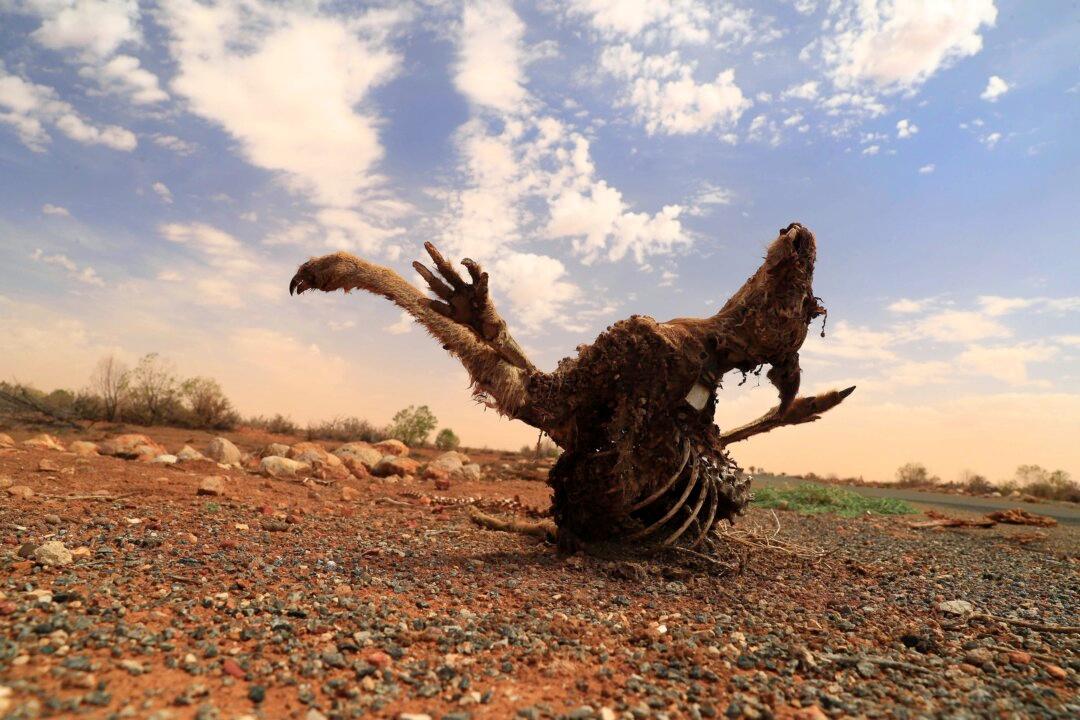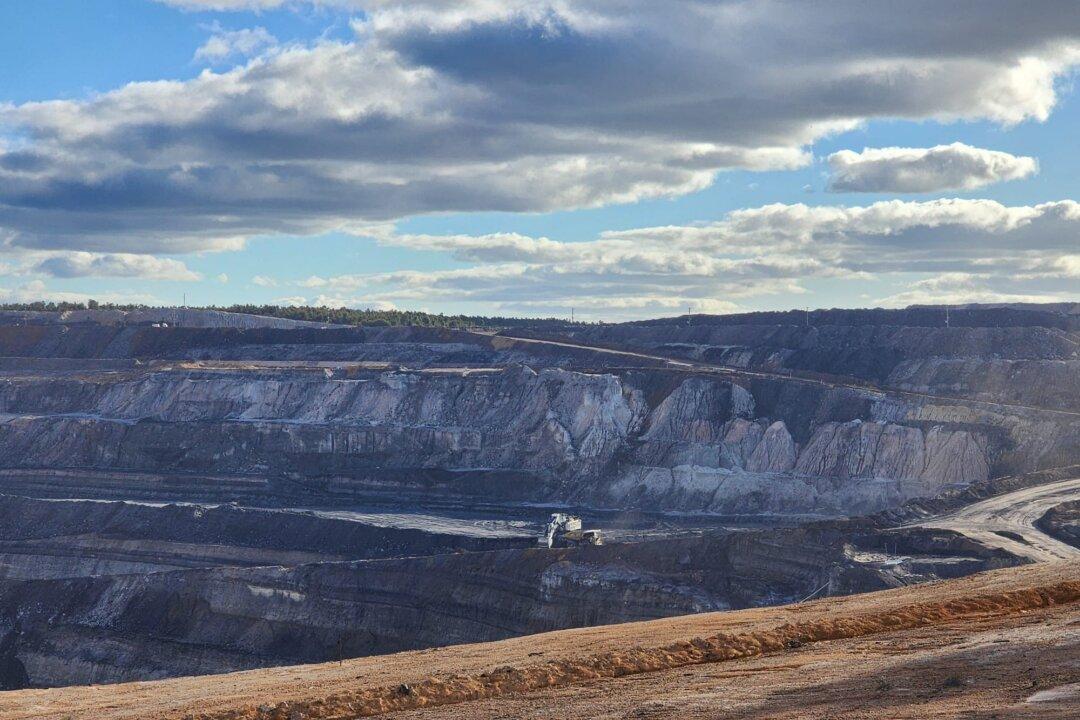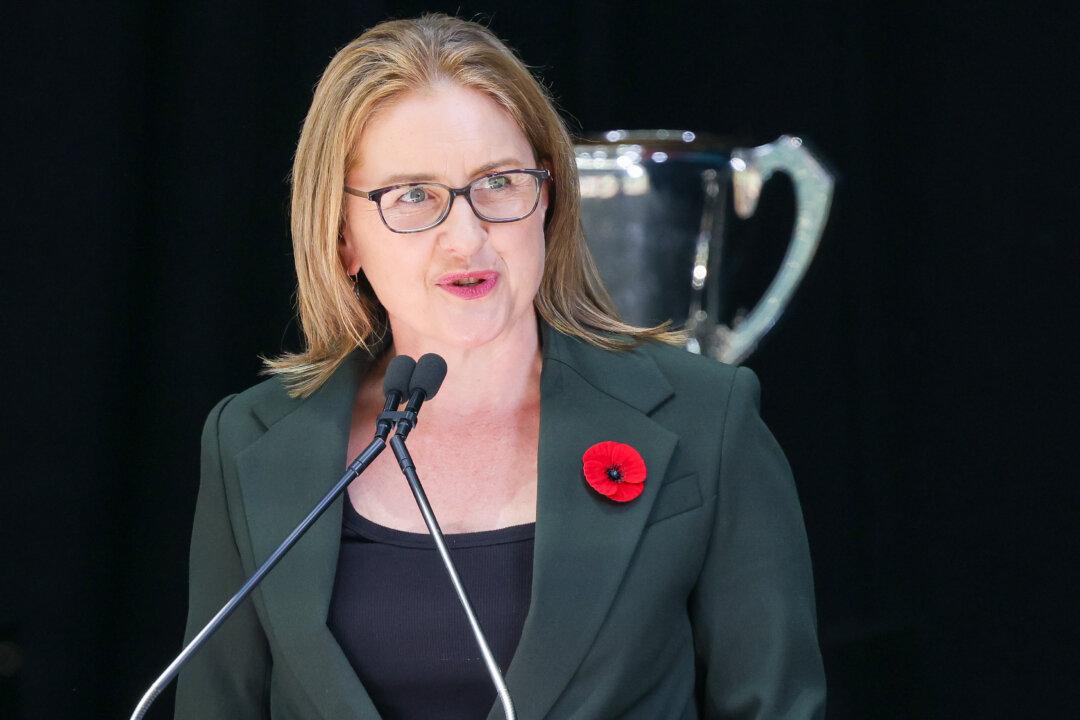Climate Change Could Cost Australia $1.8 Billion in Crop Losses: Treasurer
“If further action isn’t taken, Australia crop yields could be four per cent lower by 2063,” said Treasurer Jim Chalmers.

The carcass of a kangaroo is seen by the side of the road in Wilcannia, Australia, on March 6, 2019. Mark Evans/Getty Images



